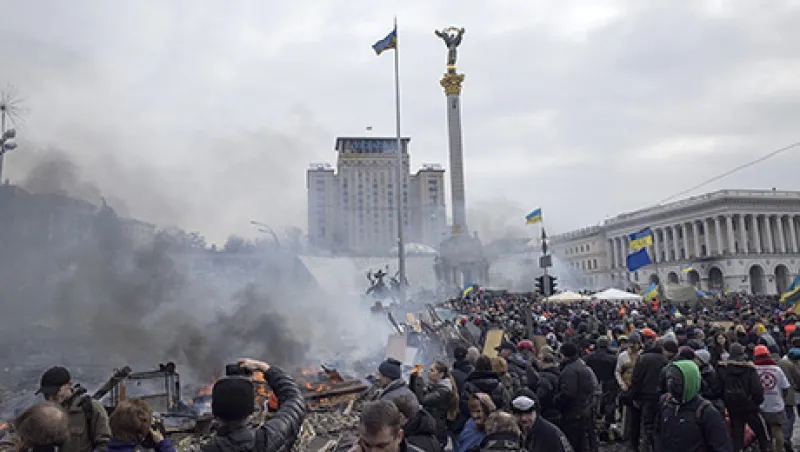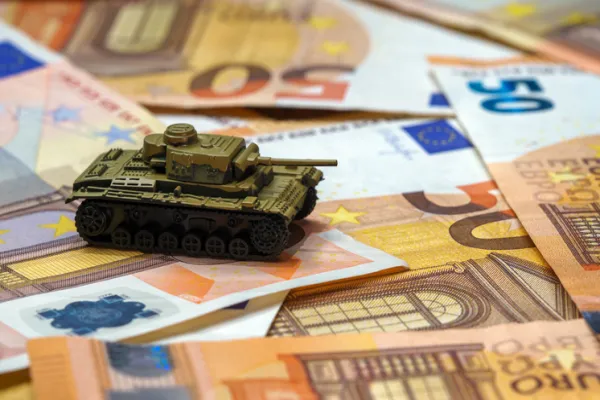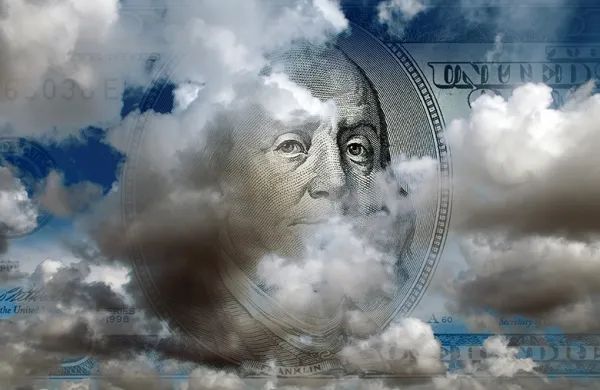On February 27 Russia ordered troops into Ukraine, taking control of an eastern naval base and then spreading operations through the Crimean peninsula. The invasion came as a part of a dramatic but complex — and now much analyzed — series of geopolitical events. On November 21 of last year, Ukrainian President Viktor Yanukovych scrapped negotiations for an Association Agreement providing for closer economic and political relations with the European Union in favor of a promised $15 billion in aid from Russian President Vladimir Putin. Tens of thousands of Ukrainian citizens who believed Ukraine should marry its fate to Western Europe — not to Russia — poured in to Independence Square in Kiev to protest that decision as well as corruption endemic to the Ukrainian government.
Within days the Ukrainian revolution had begun. It unfolded in months of protests, some of them bloody. A new series of questions about the balance of European and Eurasian power have since arisen. After annexing Crimea on March 21, will Putin move further into Ukraine in hopes of building a Eurasian trade union to rival the EU? Technology — particularly social media — has helped drive these geopolitical developments from the first moments of the November protests.
The story starts a little farther back, in fact, with the struggles in Egypt in January and February of 2011. Protesters in Cairo’s Tahrir Square recruited allies and pressed their demands for change through Twitter and Facebook. (Just as, in a different context, the groundbreaking 2008 Obama campaign drummed up support from young voters through shiny, cost-effective social media marketing.) Students and activists — mostly millennials with a strong grasp of social media’s potential to boost activism — shared news much faster than it could be broadcast and provided information to citizens and the rest of the world that would have moved slowly through official channels. Even before the protests had begun, more than 85,000 Egyptians had promised to attend nationwide protests for “Revolution Day,” as reported by the Harvard Law School Human Rights Journal. Similar observations have been made about all the movements loosely collected under the phrase Arab Spring: In April of last year, Wired declared that “the Arab Spring has shown the world what is possible when you combine social unrest with brave citizenry and powerful digital tools.”
Matters are similar — but also interestingly different — in Ukraine. Protesters in Independence Square produced a hashtag almost immediately. The BBC reported 21,000 uses of #Euromaidan, which combines the word for square with the group’s pro-European sentiment, within 24 hours. By December 3 that number had increased 30-fold. But it wasn’t the speed with which the December protests attracted online attention that is so striking. In early December 2013, the Washington Post reported that Euromaidan protesters were of considerable diversity in age and profession; 69 percent of protesters during the movement’s first days were older than 30, with an average age of 36 for all surveyed. (Interesting, too, is that Facebook appears to be much more popular than Twitter among Euromaidan supporters, especially for sharing video and other media content — clips of police brutality, in particular — with a domestic audience.) If technology use during the Arab Spring was driven by students and young users, generally considered a more tech-friendly demographic, especially in conservative societies, then Euromaidan shows us the maturation of social media as a tool for increasing political engagement and for carrying out effective political organizing. No more is Twitter a young person’s game; no more do millennials hold an even notionally exclusive claim to its use.
Internet technology has become so thickly interwoven into the lives of citizenry that any government must take a stance on its use. Entire national ideologies can now be determined by a country’s stance toward technology, particularly social media and Internet news. In the case of the 2011 Egyptian protests, then-President Hosni Mubarak further provoked the international community and domestic groups by turning off the Internet for five days, a bizarre and disastrously expensive gesture that was generally understood to have redoubled protesters’ efforts.
To the international community, the gesture read as an utter misunderstanding of social media technology and of its irrevocable prominence in the global public sphere. (Indeed many would say that social media comprises our contemporary global public sphere, in a very strong sense, even in developing nations, where SMS-friendly news and communication platforms like Twitter are easily accessible without Internet or television broadcast infrastructure.) In short, it announced to most of the globe Mubarak’s tyrannical willingness to silence his citizens — in a way that registered with distant audiences already inundated with reports of massive corruption and atrocity within the Egyptian government.
In Russia Putin has pushed for the same kinds of control over social media, if not to the same degree. In the wake of the Ukraine protest, the New York Times has detailed “the Kremlin’s social media takeover,” building on coverage of a deal intended to increase state control over VK, the Facebook of Russia, founded in 2006 by Russian graduates of Tufts University just outside Boston. VK’s founder sold controlling shares to businessmen friendly to the Kremlin, effectively allowing Putin to purchase the platform. Russia has also shut down a number of pro-Euromaidan websites. Whether that decision was intended to block Euromaidan sentiment in the country is unclear; surely the Kremlin has considered the possibility that closing down sites is not exactly an effective gesture.
Cutting off access to Facebook and Twitter proved one of the great mistakes of Mubarak’s government — and one that Prime Minister Recep Tayyip Erdogan seems determined to repeat in Turkey. Such efforts to stifle social media outlets also crystallized a fundamental difference between those nations that champion freedom of speech and information as among the first guarantors of democracy and a free citizenry. The conflict between Ukraine and Russia has already been called a conflict between Western beliefs in an open Internet and a free press, no matter the medium, as well as the freedom to assemble anywhere (online or off), and an Eastern ideology, embodied in Putin’s Russia, that does not. It seems safe to say that social media has shed every last scrap of immaturity to take its place in global social and political life.






